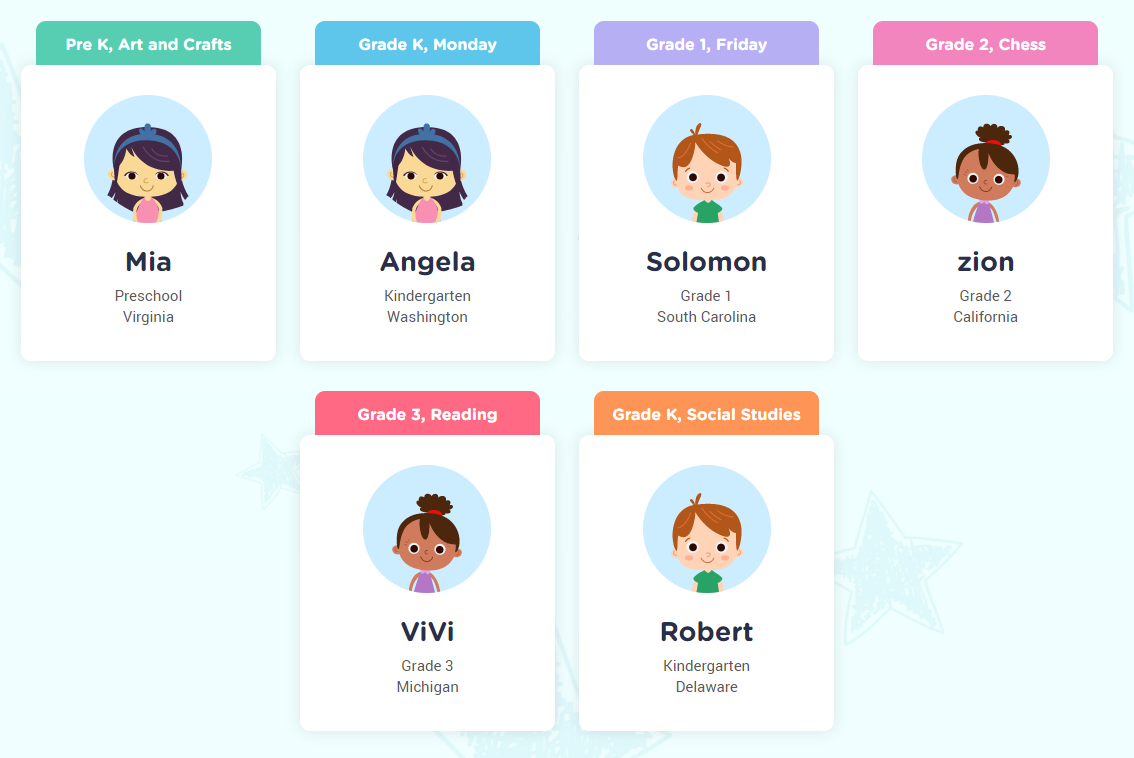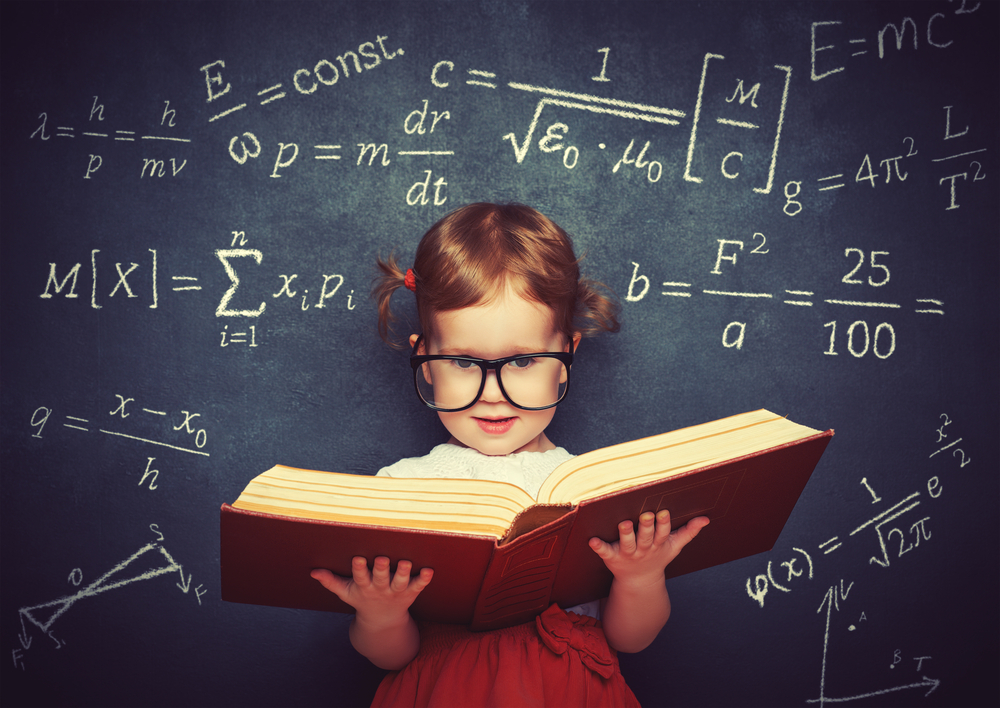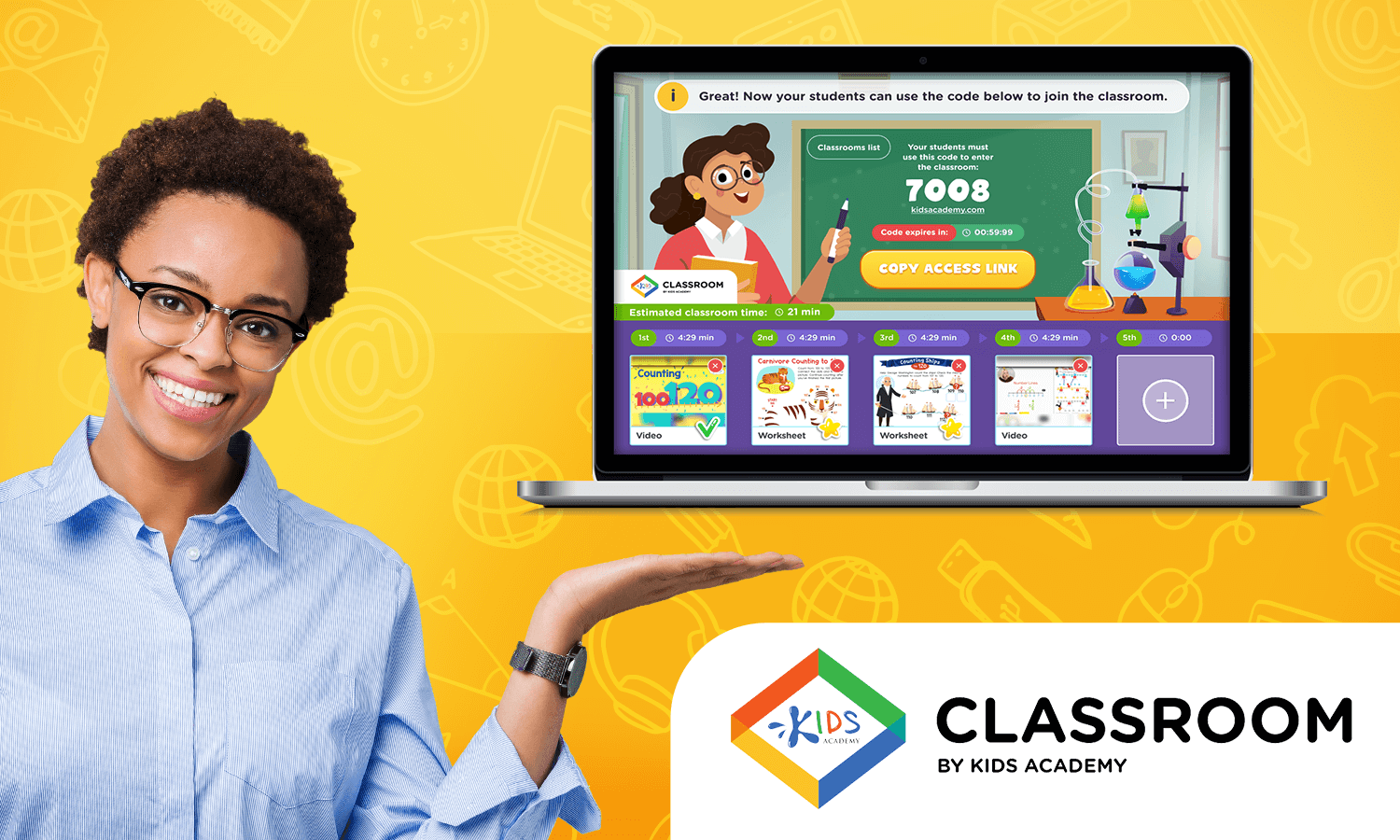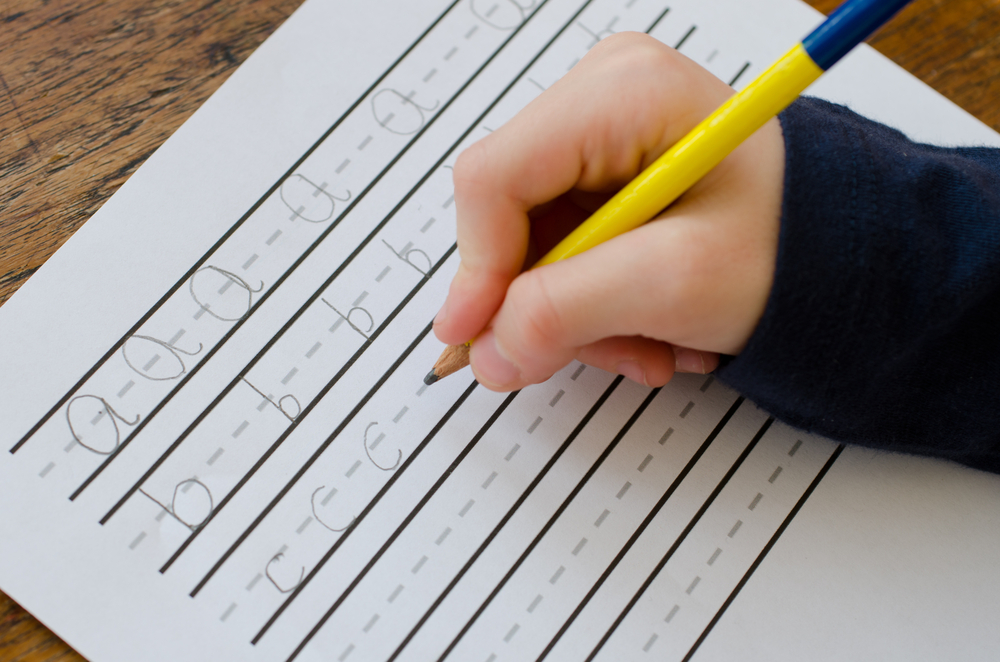Push/Pull identification Worksheets for Kids
1 filtered results
-
From - To
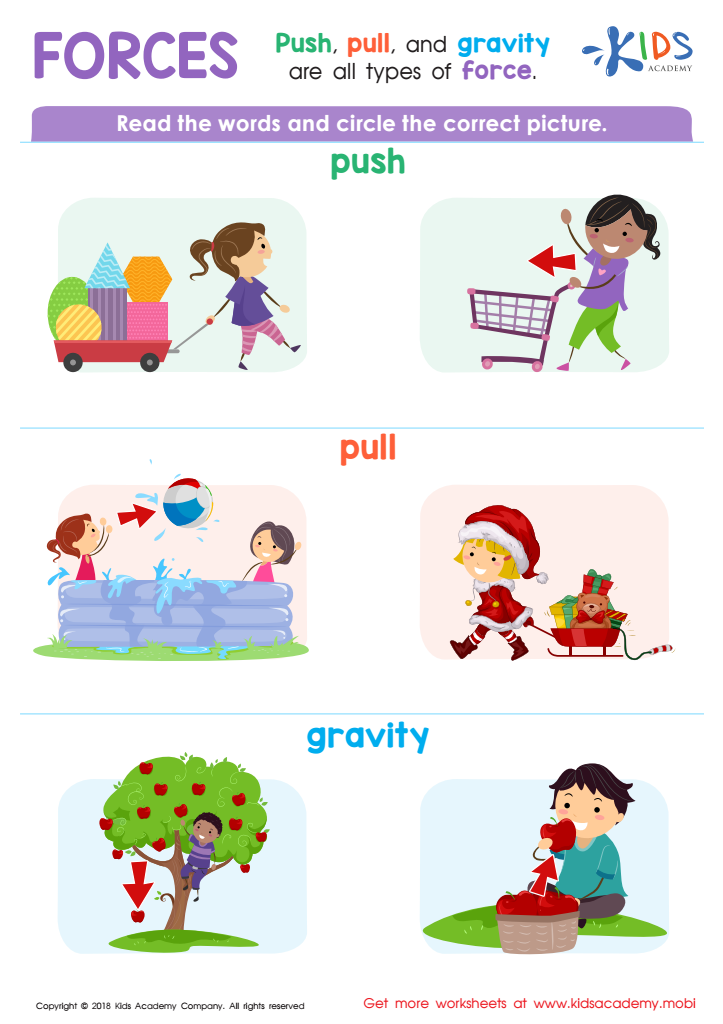

Forces Worksheet
Question/Answer
How to test a Grade 2 student’s Push/Pull identification skills?
To test a Grade 2 student's Push/Pull identification skills, create a simple, interactive activity where the student is shown various objects or images. Ask the student to demonstrate or explain whether each object requires a push or a pull to move. Include a variety of real-life scenarios to assess their understanding comprehensively.
What does the Push/Pull identification skill mean when it comes to Grade 2 Physical Science learning?
The Push/Pull identification skill in Grade 2 Physical Science involves teaching students to recognize and describe the actions of pushing and pulling as forces that can move objects. They learn to identify examples of pushing and pulling in their everyday environment and understand how these forces affect the motion and direction of objects.
How does the mastery of the Push/Pull identification skill affect a student's performance at an early age?
The mastery of the Push/Pull identification skill at an early age significantly enhances a student's performance by fostering critical thinking, improving physical understanding of forces, aiding in problem-solving abilities, and enhancing engagement with scientific concepts. This foundational skill sets the stage for advanced learning in physics and other STEM subjects, contributing to overall academic success.
 Assign to the classroom
Assign to the classroom
